A Rendering (Motion Edit) Of A Thunderstorm, Based On A Single Photograph Of A Cumulonimbus Cloud Lit
A rendering (Motion Edit) of a thunderstorm, based on a single photograph of a cumulonimbus cloud lit by a lighting, captured by night from an airliner at 40,000ft (12,000m), visualize a towering cumulus convection emerging from an altocumulus cloud cover.

An altocumulus cloud cover from below.
More Posts from Sidusglacies and Others
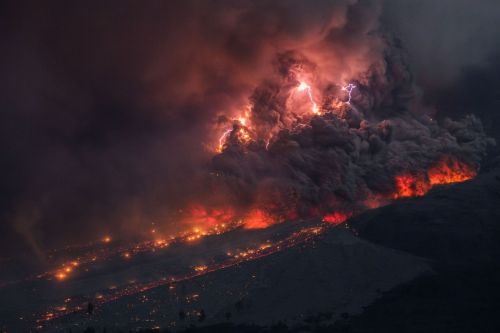
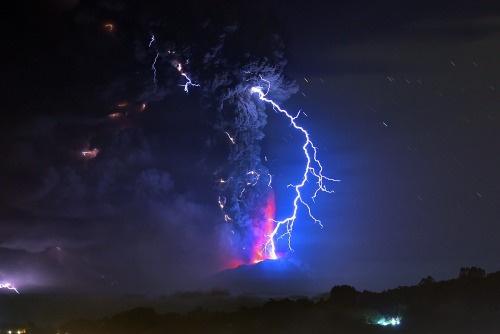
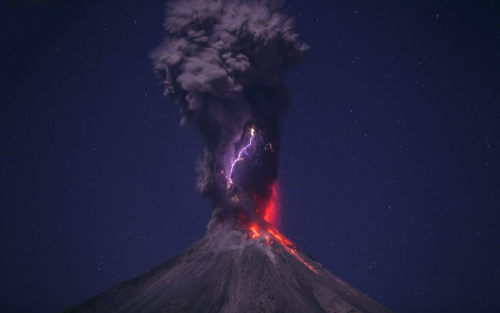
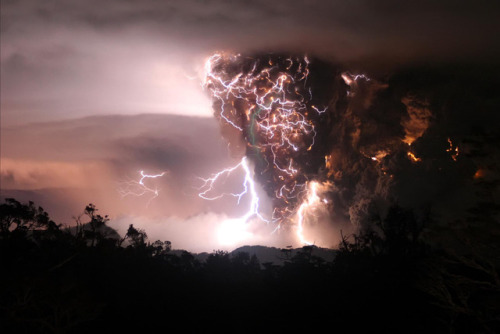
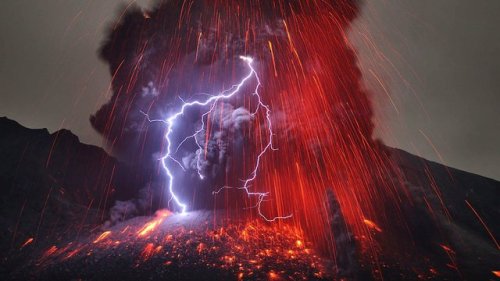
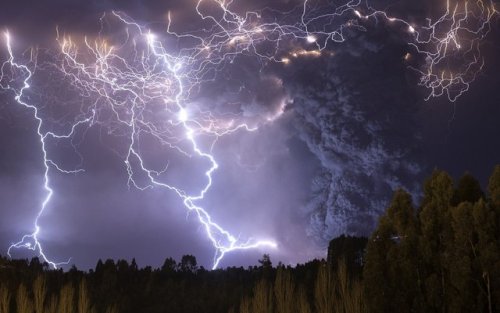
Dirty thunderstorm
A dirty thunderstorm (also volcanic lightning, thunder volcano) is a weather phenomenon that is related to the production of lightning in a volcanic plume.
A study in the journal Science indicated that electrical charges are generated when rock fragments, ash, and ice particles in a volcanic plume collide and produce static charges, just as ice particles collide in regular thunderstorms.
Volcanic eruptions are sometimes accompanied by flashes of lightning. However, this lightning doesn’t descend from storm clouds in the sky. It is generated within the ash cloud spewing from the volcano, in a process called charge separation.
source
images

Incredible south pole aurora of Saturn






this storm season started off so poorly for me but the last week has been one of the best weeks of my life. life is weird like that.
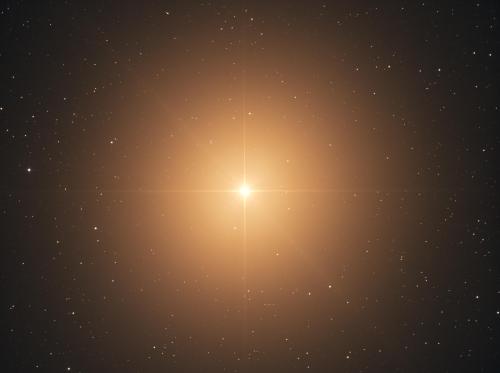
Betelgeuse is still there, but had to check

Video Clip SS2935432 (Supercell Thunderstorm, timelapse)
Timelapse footage of a Supercell thunderstorm with multiple lightning flashes.
A supercell is a large rotating storm system that often produces heavy rain, hail and sometimes tornadoes. The supercell is centred on a very powerful updraft, which lifts warm, moist air to high altitude. It cools as it rises, condensing and falling as precipitation.
The base of the cloud is marked by a shelf cloud extending forwards, and a low wall cloud at the updraft/downdraft interface. This supercell was filmed in Kansas, USA, in June 2015. Such storms are most common in this region in spring and early summer.
Supercells are often put into three classification types: Classic, Low-precipitation (LP), and High-precipitation (HP). LP supercells are usually found in climates that are more arid, such as the high plains of the United States, and HP supercells are most often found in moist climates.
Supercells can occur anywhere in the world under the right pre-existing weather conditions, but they are most common in the Great Plains of the United States in an area known as Tornado Alley and in the Tornado Corridor of Argentina, Uruguay and southern Brazil.
© Roger Hill / Science Source


texas// us-57

The Size of the Sun As Seen From Each Planet







Hurricane Florence
Hurricane Florence wide-angle ESA astronaut Alexander Gerst took this image of Hurricane Florence on 12 September 2018, 400 km high from the International Space Station. He commented: “Watch out, America! Hurricane Florence is so enormous, we could only capture her with a super wide angle lens from the International Space Station, 400 km directly above the eye. Get prepared on the East Coast, this is a no-kidding nightmare coming for you.” Alexander is on his second six-month Space Station mission.




The future in space, painted by Ron Miller.
-
 alex--max liked this · 1 month ago
alex--max liked this · 1 month ago -
 ignorance-is-fish liked this · 1 month ago
ignorance-is-fish liked this · 1 month ago -
 thedicekeepour liked this · 1 month ago
thedicekeepour liked this · 1 month ago -
 laviedrole liked this · 1 month ago
laviedrole liked this · 1 month ago -
 stonedfrogblog liked this · 1 month ago
stonedfrogblog liked this · 1 month ago -
 deinonychian liked this · 1 month ago
deinonychian liked this · 1 month ago -
 bowsmed liked this · 1 month ago
bowsmed liked this · 1 month ago -
 fawnnnnnnnnnnn liked this · 1 month ago
fawnnnnnnnnnnn liked this · 1 month ago -
 topographygo reblogged this · 1 month ago
topographygo reblogged this · 1 month ago -
 romosos-journal reblogged this · 1 month ago
romosos-journal reblogged this · 1 month ago -
 childofpurgatory liked this · 1 month ago
childofpurgatory liked this · 1 month ago -
 catbird-creature reblogged this · 1 month ago
catbird-creature reblogged this · 1 month ago -
 catbird-creature liked this · 1 month ago
catbird-creature liked this · 1 month ago -
 ammy-starlight reblogged this · 1 month ago
ammy-starlight reblogged this · 1 month ago -
 ammy-starlight liked this · 1 month ago
ammy-starlight liked this · 1 month ago -
 lunawolf237-is-gay reblogged this · 1 month ago
lunawolf237-is-gay reblogged this · 1 month ago -
 dreamstar37 reblogged this · 1 month ago
dreamstar37 reblogged this · 1 month ago -
 dreamstar37 liked this · 1 month ago
dreamstar37 liked this · 1 month ago -
 ely-jewel liked this · 1 month ago
ely-jewel liked this · 1 month ago -
 spatium-mutatio reblogged this · 1 month ago
spatium-mutatio reblogged this · 1 month ago -
 spatium-mutatio liked this · 1 month ago
spatium-mutatio liked this · 1 month ago -
 multitude-of-eels liked this · 1 month ago
multitude-of-eels liked this · 1 month ago -
 zenstarling liked this · 1 month ago
zenstarling liked this · 1 month ago -
 t3mperanc3 liked this · 1 month ago
t3mperanc3 liked this · 1 month ago -
 cottoncaroline liked this · 1 month ago
cottoncaroline liked this · 1 month ago -
 terrorfromtheabyss03 liked this · 1 month ago
terrorfromtheabyss03 liked this · 1 month ago -
 mcr-pr-fob liked this · 1 month ago
mcr-pr-fob liked this · 1 month ago -
 thesilliestlily liked this · 1 month ago
thesilliestlily liked this · 1 month ago -
 izaistired liked this · 1 month ago
izaistired liked this · 1 month ago -
 xsall liked this · 1 month ago
xsall liked this · 1 month ago -
 hotfrogsummer reblogged this · 1 month ago
hotfrogsummer reblogged this · 1 month ago -
 lifecabforugly liked this · 1 month ago
lifecabforugly liked this · 1 month ago -
 labradoritepuppy reblogged this · 1 month ago
labradoritepuppy reblogged this · 1 month ago -
 labradoritepuppy liked this · 1 month ago
labradoritepuppy liked this · 1 month ago -
 genielogic liked this · 1 month ago
genielogic liked this · 1 month ago -
 vestalcel reblogged this · 1 month ago
vestalcel reblogged this · 1 month ago -
 vestalcel liked this · 1 month ago
vestalcel liked this · 1 month ago -
 ladyofcrowsandcoffee reblogged this · 1 month ago
ladyofcrowsandcoffee reblogged this · 1 month ago -
 ladyofcrowsandcoffee liked this · 1 month ago
ladyofcrowsandcoffee liked this · 1 month ago -
 ltngerbniak liked this · 1 month ago
ltngerbniak liked this · 1 month ago -
 sneakingnoises reblogged this · 1 month ago
sneakingnoises reblogged this · 1 month ago -
 sneakingnoises liked this · 1 month ago
sneakingnoises liked this · 1 month ago -
 blintzestein reblogged this · 1 month ago
blintzestein reblogged this · 1 month ago -
 kurovera liked this · 2 months ago
kurovera liked this · 2 months ago -
 chibi-lioness liked this · 3 months ago
chibi-lioness liked this · 3 months ago -
 enchantingbeardbear liked this · 5 months ago
enchantingbeardbear liked this · 5 months ago -
 lireb-librarian liked this · 5 months ago
lireb-librarian liked this · 5 months ago -
 daemonae reblogged this · 5 months ago
daemonae reblogged this · 5 months ago -
 bovigay liked this · 5 months ago
bovigay liked this · 5 months ago -
 hetisjeboiluuk reblogged this · 6 months ago
hetisjeboiluuk reblogged this · 6 months ago
